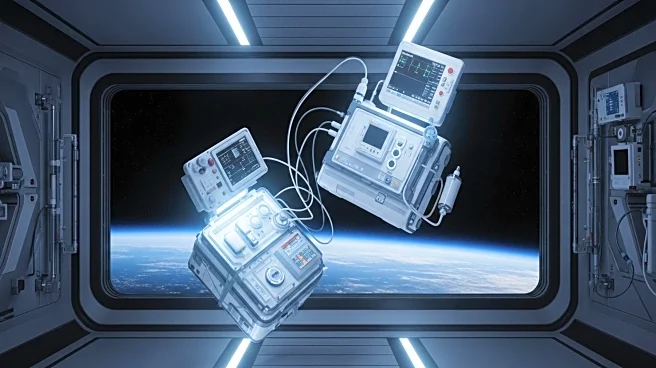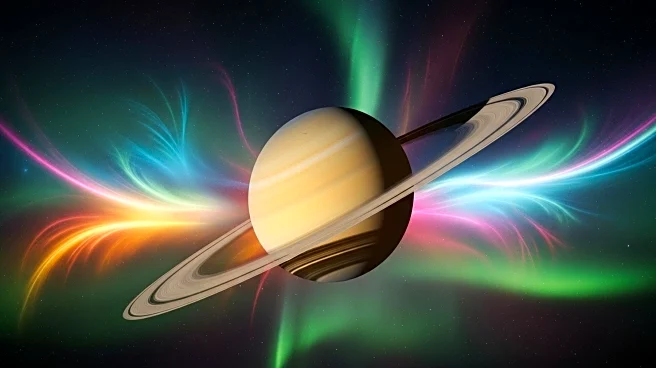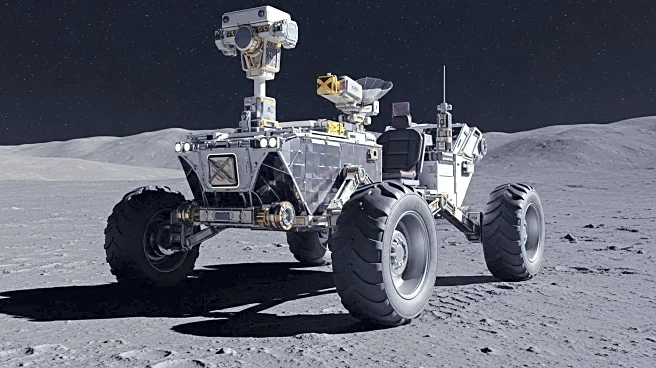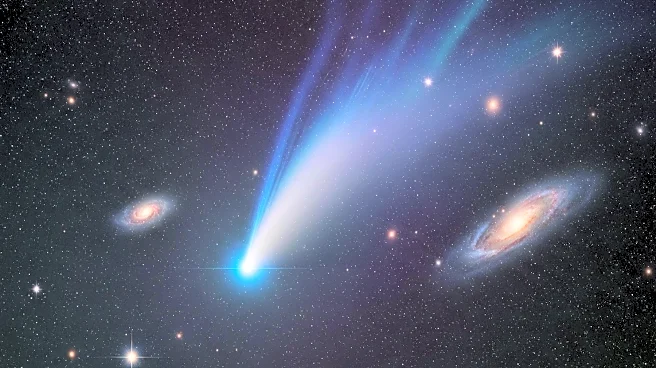What is the story about?
What's Happening?
Scientists have confirmed the presence of extensive lava tubes on Venus, similar to those found on the Moon. These subterranean tunnels, formed by molten rock, are larger than expected given Venus's gravity, suggesting unique geological processes at play. The discovery was made by analyzing pits and holes on Venus's surface, which align with the terrain's slope, indicating lava flow. This finding provides new insights into Venus's geological history and its potential for hosting large subsurface cavities.
Why It's Important?
The confirmation of lava tubes on Venus is significant for understanding the planet's geological and thermal evolution. These structures could offer clues about Venus's past volcanic activity and its current environmental conditions. The discovery also opens possibilities for future exploration, as these tubes could serve as potential sites for scientific research or even habitation, similar to proposals for lunar and Martian lava tubes. Understanding Venus's geology could help scientists compare it with Earth's and other planetary bodies, enhancing our knowledge of planetary formation and evolution.
What's Next?
The European Space Agency's upcoming EnVision mission, set to launch in 2031, will further investigate Venus's subsurface structures using advanced radar technology. This mission aims to explore why Venus differs so significantly from Earth, despite their proximity. The findings from this mission could provide deeper insights into Venus's geological processes and contribute to broader planetary science research.
AI Generated Content
Do you find this article useful?













